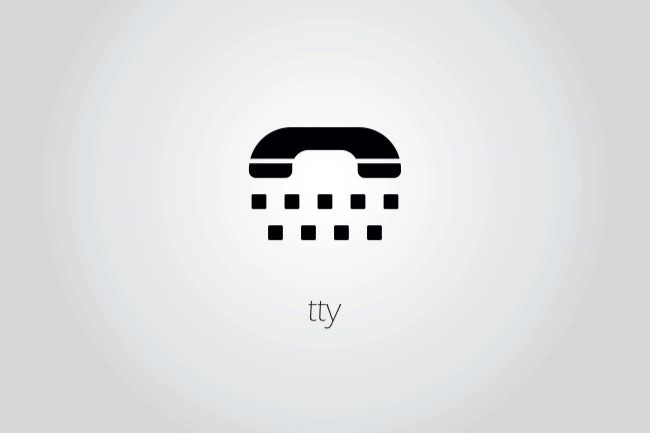The 2023 CMS Compliance Guidelines for Medicare Advantage and Part D plans require you to include the following accommodations disclaimer on all your invitations to educational and marketing/sales events:
“For accommodations of persons with special needs, at meetings call < insert phone and TTY number >.”
CMS further states that “sponsors may use their own TTY number, 711 for Telecommunications Relay Service, or state relay services, as long as the number is accessible from TTY equipment.”
Since its invention in the 1960s, TTY technology has helped deaf and hearing-impaired individuals communicate by telephone. Despite its longtime use, many hearing people have little to no experience with TTY. There are a few things you need to know.
How TTY Works
Advances in telecommunications technology have led to significant changes for deaf and hearing-impaired people. For many years, traditional teletype (TTY) and amplified phones were the only options available. Today, video phones, smartphones, and instant messaging are the tools of choice. Nonetheless, it can be helpful for hearing people understand the multiple TTY services in use.
Traditional TTY
Traditional TTY was designed for use with landline phones. The person initiates a call by dialing 711. A communications assistant answers and acts as a relay between parties. This service requires hearing-impaired people to have a special phone with a keyboard that allows them to type their messages and a screen to display communication from the assistant. The assistant verbally communicates with the hearing individual and types the message back to the deaf person. Although traditional TTY devices are considered outdated, people who do not have a cell phone or internet access still use them.
Tips for answering TTY calls:
- The communications assistants will announce themselves as a relay service. Sometimes there is a delay. Don’t hang up.
- The assistants will ask you if you have received a relay call before. If your answer is no, they will provide you with instructions on how to participate in the call.
- Speak clearly and not too fast.
- Speak directly to the caller, not to the assistant.
- Be patient – it takes time for the assistant to relay the information back and forth between you and the hearing-impaired person.
- You might want to make note of the caller’s phone number in the event you need to call back. This number may be different from the one you see on your caller ID. If you need to call the person back, dial 711 and give the number to the communications assistant.
Using TTY and RTT on Your Cell Phone
TTY and RTT (real-time text) mode allows cell phones to function as TTY devices. Both are text-based communications, but there are some differences. For instance, TTY requires users to take turns sending messages, whereas RTT is a more seamless, real-time technology that allows both parties to send and receive messages at the same time and see the entire ongoing conversation on their devices’ screens. RTT also allows more characters for typing. It is more reliable over IP networks, meaning fewer dropped or garbled calls. Both technologies provide a call transcript once you complete the call.
To make and receive TTY and RTT calls on your cell phone, follow your phone’s user guide to enable the function in your settings and the instructions for how to make and receive calls.
Video Calls
If you use Microsoft Teams to meet with clients, check Microsoft Support for instructions on how to enable TTY for video calls. Skype business accounts also have TTY capability.
Your Awareness is Key
Hearing loss is a common problem for older adults. Although technology has improved, many deaf and hearing-impaired individuals still struggle to communicate with hearing people. Being aware of the issue and learning about the technology can prepare you to use it, if the need arises. If you already have deaf or hearing-impaired clients, it’s important to know their preferred means of communication to lessen any hurdles they might encounter when doing business with you.
The team at Western Asset Protection is committed to helping you grow your business to reach – and even exceed – your goals. Contact us today.
